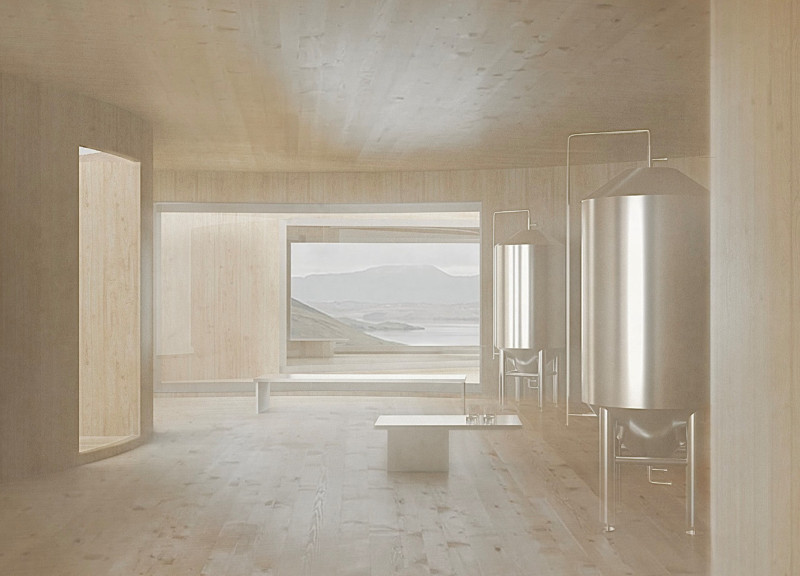5 key facts about this project
The architecture reflects a synthesis of space and form, demonstrating a keen understanding of how design can be both practical and inspiring. The project is designed to function as [specific function, e.g., residential, commercial, cultural], providing a space that is versatile and conducive to its intended use. This careful consideration of purpose informs every aspect of the design, ensuring that the environment supports the activities it houses.
One of the most significant aspects of this project is its exterior facade, characterized by a combination of materials that work harmoniously together. The use of concrete, glass, wood, and steel not only reinforces the structural integrity of the building but also enhances its visual appeal. The concrete serves as a robust foundation, providing durability against the elements, while large glass panels invite natural light, creating a bright and inviting atmosphere within the interior spaces. The incorporation of wood elements adds warmth, fostering a connection to nature, and inviting a sense of comfort for users. Steel accents offer modernity and strength, accentuating the project's contemporary architectural language.
The layout within the project has been meticulously designed to optimize functionality while encouraging interaction among users. Open floor plans create fluid movements between spaces, reducing barriers and promoting a sense of community. Strategic placement of windows and skylights allows for cross-ventilation and views of the landscape, further enhancing the living and social experience. This thoughtful spatial organization fosters an environment conducive to productivity and relaxation, reflecting current trends in architecture that prioritize wellness and connectivity.
Attention to the relationship between the built form and its site is another hallmark of this design. The project integrates seamlessly with the landscape, minimizing its ecological footprint while maximizing views and access to outdoor areas. Landscaped gardens, patios, and terraces are thoughtfully positioned to create inviting spaces for both solitude and social gatherings. This outside-in approach not only enriches the architectural experience but also emphasizes sustainable practices, encouraging outdoor interaction and engagement with nature.
Unique design approaches are evident throughout the project. For instance, the choice of materials is rooted in sustainability, utilizing locally sourced and recycled options where possible. This commitment to responsible material sourcing not only reduces transportation emissions but also supports local economies. Additionally, smart home technologies have been thoughtfully embedded into the design, offering users enhanced control over energy use and comfort levels, thus catering to the modern demand for efficiency and convenience.
The project stands as a testament to how architecture can transcend mere functionality to become a vital part of the community narrative. It embodies a vision that is both practical and forward-thinking, addressing the needs of its users while remaining sensitive to the cultural and environmental context in which it resides. By fostering a dialogue between the structure and its surroundings, this project demonstrates a profound understanding of contemporary architectural ideas.
For those interested in delving deeper into this architectural endeavor, a review of the architectural plans, sections, designs, and innovative ideas presented within the project will offer invaluable insights into its thoughtful execution and design principles. Engaging with these elements will provide a clearer understanding of how this project balances functionality with a resonant aesthetic, making it a significant addition to the architectural landscape of [Geographical Location].


























